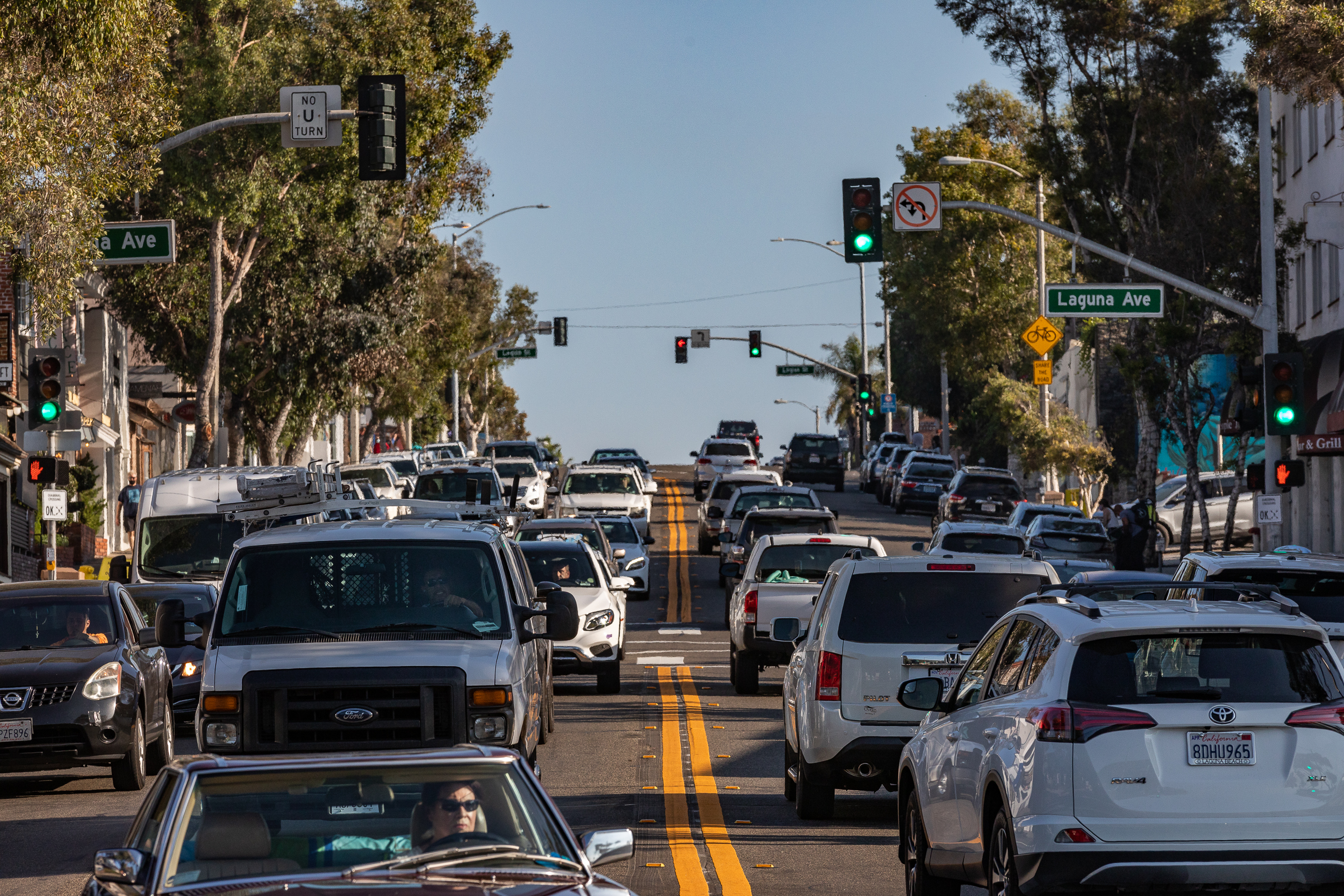Californians looking to avoid the state’s high cost of living are moving to Arizona more than any other state, according to new data from the U.S. Census Bureau, with Texas also growing in popularity.
The report also shows that the Grand Canyon state is popular not only among California residents but also among all Americans looking to relocate between 2017 and 2021.
In that time frame, about 920,000 people from across the United States relocated to Arizona—with about 20 percent of those being former California residents.
The state with the next highest number of relocators between 2017 and 2021 was Washington, which gained more than 50,000 new residents, according to the data, with Texas, Illinois, and Colorado following.
However, in 2022 alone, census data show that more Californians moved to Texas—with about 102,400 relocating.
About 74,100 Californians moved to Arizona in 2022, and 50,700 moved to Florida.
On the county level, Maricopa County, Arizona, was the largest-gaining county in the nation, adding 56,831 residents in 2022—an increase of 1.3 percent from 2021.
Harris County, Texas, had the second-largest population spike in 2022, gaining 45,600 new residents.
Los Angeles County saw the biggest decline of any other county in the nation, with more than 90,000 residents leaving. The county continued a downward trend from 2021, when it lost more than 180,000.
California lost 340,000 people to other states in 2022, according to the data.
That decline is only slightly less than the state’s 367,000 loss in 2021.

A truck from Silicon Valley Moving & Storage, based in San Jose, Calif., is parked outside a home, in an undated photo. (Courtesy of Joey Childs)
Cost of living, crime, and homelessness are a few reasons that families say they’re making the move, according to Terry Gilliam, founder of Facebook groups called “Leaving California” and “Life After California,” which have garnered 250,000 members since 2018.
He told EpochTV’s “California Insider” in a previous interview that most of the people in his groups are glad they moved out of the state.
“I will tell you that 98 percent of the people are thrilled that they left,” Mr. Gilliam said. “They can’t believe how great life is outside of California, just from being able to relax more, have a friendly neighbor, you know, walk down the street and not worry about a homeless person coming up.”
He also claimed that California’s high taxes and cost of living were “eliminating the middle class.”
“There’s not going to be a middle class anymore,” Mr. Gilliam said. “You have the super wealthy who don’t care how much it costs to live here, because they love living here, and you’re going to have the poor who get everything subsidized.”
In the 2023 documentary “Leaving California: The Untold Story” by EpochTV’s “California Insider,” residents say education, housing, and wildfires are also reasons for the mass exodus from the Golden State—as well as crime, homelessness, and the high cost of living.
In 2023, the U.S. Department of Housing and Urban Development’s Point-in-Time Homeless Count tallied 653,104 homeless people in California on a single night in January.
The number is the highest reported on a single night since the national reporting on homelessness began in 2007 and represents a 12 percent increase since 2022, according to the department’s report.
The state has also seen a spike in property crime in recent years.
Income tax rates are reaching 13.3 percent, causing some, according to the documentary, to relocate to Florida, Washington, and Texas, where there’s no state income tax.
Some also said they’ve left seeking better educational opportunities for their children.
California’s Smarter Balanced Test results, published in October 2023, show only a slight improvement in math and a slight decline in English language arts. Such tests are given to students in third through eighth grades and 11th grade.
A little more than one-third—or 34.6 percent—of California students met or exceeded math standards last year, up by 1.2 percent compared with 2022.
Meanwhile, 46.7 percent of students met or exceeded English language arts standards in 2023, down from 47.1 percent in 2022.
In 2019, before the COVID-19 pandemic, 39.8 percent of students met math standards and 51.7 percent met English language arts standards.














